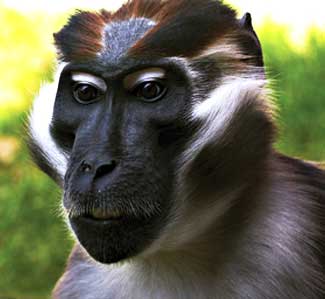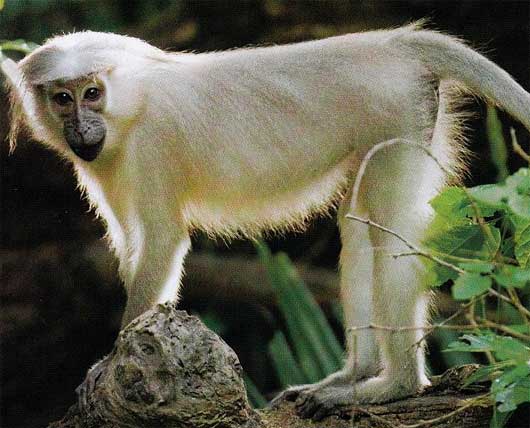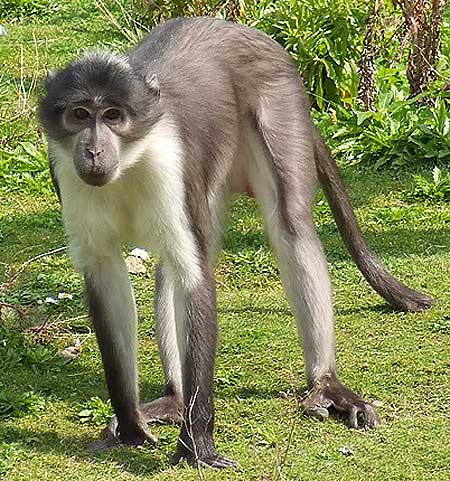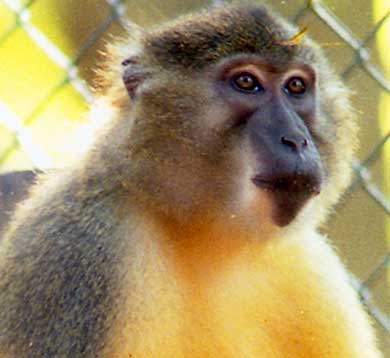Mangabey – Active, Diverse, African Monkey Group

The mangabey gets its name from Mangabe, Madagascar a place none of these monkeys have ever been to. This is due to a mix up by the early namers of monkeys. Sometimes the info back then before Wikipedia just wasn’t correct but anyway the monkeys themselves don’t really care what name you have for them. Where the species do live in fact, is the west central coast of Africa across to Kenya, through the middle of the continent, and the Congo basin. Here in this forest territory, the slender, long-tailed tree swinger roams in large packs.

black crested
The mangabey has big cheeks it can stuff with food and carry around for awhile. It is a rather friendly monkey and not a very aggressive but is very active, curious and likes to makes faces. They are not extremely common or populous and some species are hard to come by. There are three main kinds that you can tell apart mostly from their hairstyles: one has a crest of hair on top of its head, another has no crest but has brighter coloring, and the third has white eyelids. Colors range from black to white, to grey, to black and white with red and some with yellow parts too. The white-cheeked has long fuzzy eyebrows and a long and shaggy beard growing from its neck and shoulders. As researchers have been studying them more closely recently, they have realized that some are more closely related to baboons and others more closely related to the mandrills. The highland mangabey, distinguished by its vocalization – a “honk-bark”, has been granted its own separate classification group (genus), the first time scientist have created a new primate genus since 1923.

highland mangabey

white crested
As you would expect, the mangabeys enjoy popular monkey pastimes such as chattering, shrieking, and general monkey business. They spend most of their time in the trees for safety and even sleeping, and eat what is available there: leaves, bark, insects, fruit and nuts.


